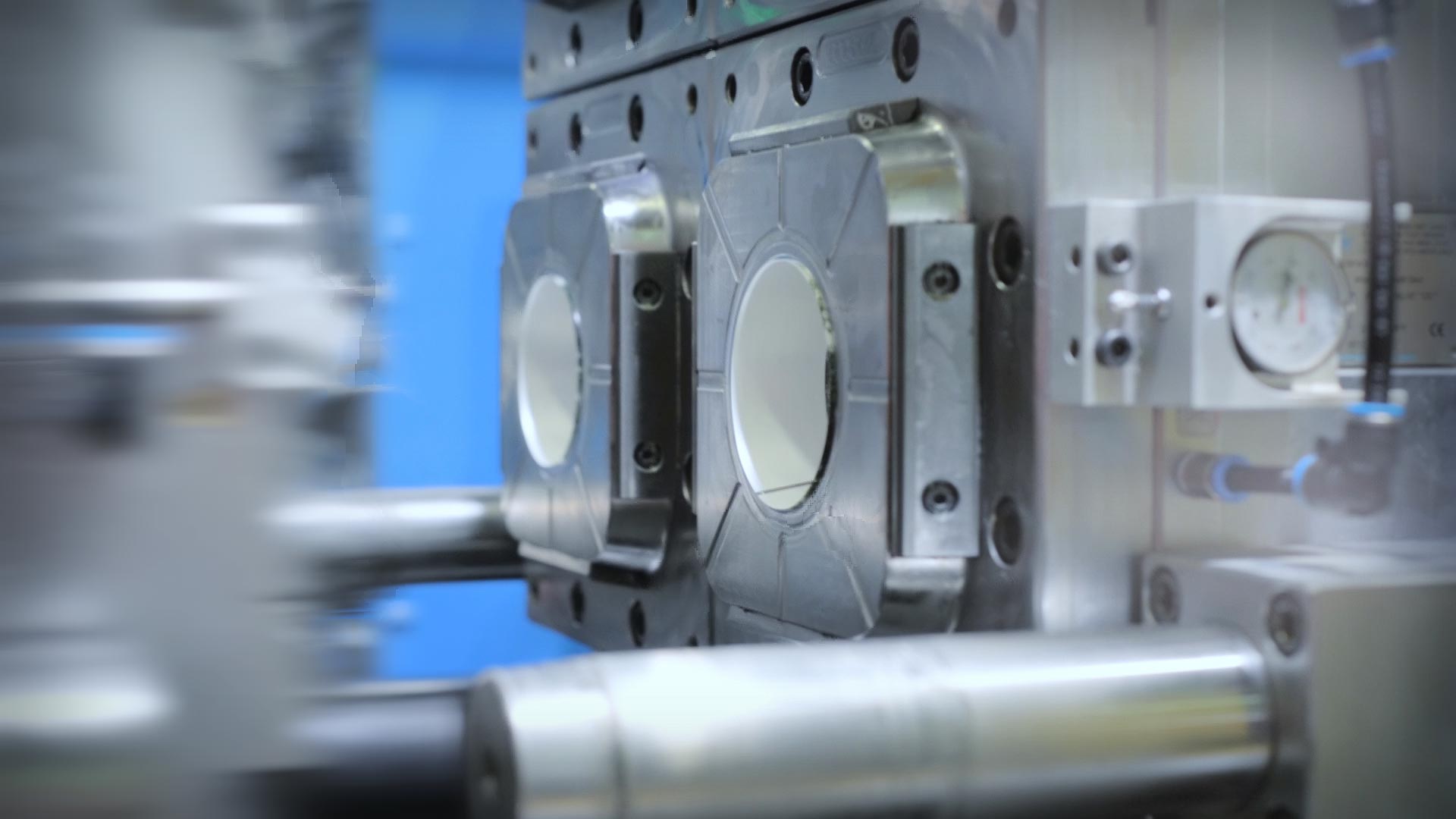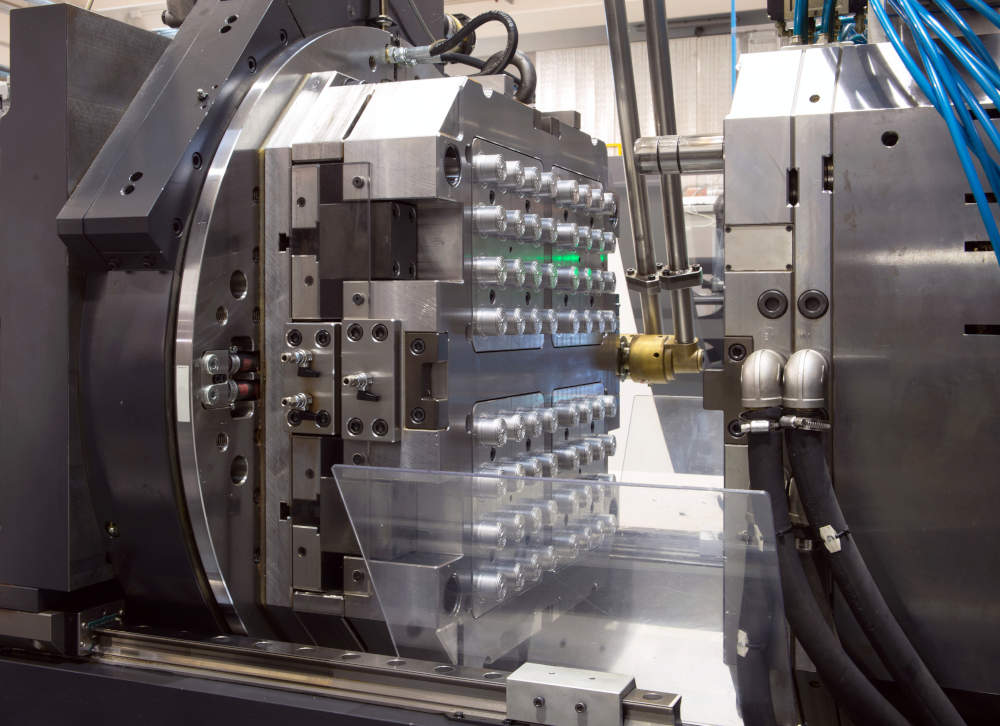Enhancing Item Advancement with Advanced Plastic Injection Molding Solutions
Enhancing Item Advancement with Advanced Plastic Injection Molding Solutions
Blog Article
Comprehending the Basics of Plastic Injection Molding Procedures
Plastic injection molding serves as a cornerstone of modern production, giving a methodical technique to generating complicated components with accuracy. Discovering these vital aspects might disclose how even minor adjustments can lead to considerable improvements in production end results, elevating questions about the possibility for innovation in this well established process.
What Is Plastic Injection Molding?
Plastic injection molding is a commonly utilized manufacturing procedure that changes thermosetting and thermoplastic materials into accurate and complex shapes. This technique is favored for its capability to create high volumes of identical get rid of exceptional accuracy, making it an essential approach in different industries, consisting of auto, customer products, and medical devices.
The procedure entails melting the picked plastic product and injecting it into a mold under high pressure. The mold, designed to the requirements of the desired component, permits the molten plastic to form as it strengthens and cools. As soon as the material has hardened, the mold and mildew is opened, and the finished part is ejected.
Plastic injection molding provides a number of benefits, consisting of minimized waste, uniformity in manufacturing, and the capacity to incorporate intricate layouts that may be challenging with other producing techniques. Additionally, it supports a broad series of products, each giving one-of-a-kind homes that can be tailored for particular applications. As industries remain to innovate, plastic shot molding stays at the leading edge, enabling the development of sophisticated products that fulfill advancing customer needs.
The Injection Molding Process
The shot molding process is a sophisticated strategy that involves several crucial stages to create premium plastic parts. At first, plastic pellets are fed into a warmed barrel where they are merged a thick liquid. This molten plastic is after that infused under high pressure into a precision-engineered mold, which shapes the material right into the preferred form.
Once the mold and mildew is filled up, the plastic is allowed to cool and solidify, taking the form of the mold and mildew tooth cavity. Cooling time is essential, as it impacts the cycle time and the last residential properties of the molded component. After sufficient cooling, the mold opens up, and the ended up part is expelled making use of ejector pins.

Materials Utilized in Injection Molding
Numerous products can be made use of in the injection molding procedure, each offering distinct homes that deal with particular applications. One of the most generally used products include thermoplastics, thermosetting plastics, and elastomers.

Thermosetting plastics, like epoxy and phenolic materials, undergo a chemical change throughout the treating procedure, resulting in a rigid, stringent structure. These products are excellent for applications calling for high warm resistance and structural integrity, usually utilized in electrical insulators and automobile components.
Elastomers, consisting of silicone and rubber-based products, provide flexibility and durability. Their unique buildings make them ideal for applications that require elasticity, such as gaskets and seals.
Additionally, specialty products like bio-based plastics and compounds are gaining traction for their environmental benefits and boosted performance attributes, expanding the scope of injection molding applications in various sectors. Recognizing the buildings of these products is important for picking the ideal kind for particular jobs.
Advantages of Shot Molding
Shot molding sticks out as a very reliable manufacturing process that offers numerous benefits for creating intricate get rid of accuracy. One of the most significant advantages is the capability to produce detailed layouts that would certainly be tough or impossible to achieve with other methods (Plastic Injection Molding). The procedure permits tight tolerances and in-depth attributes, guaranteeing high-grade elements
Additionally, injection molding is known for its rapid production abilities, making it an ideal choice for high-volume manufacturing. Once the mold and mildew is produced, parts can be produced swiftly, reducing preparations and enhancing total productivity. This efficiency not only decreases manufacturing costs but also provides a competitive edge in the market.
The adaptability of use this link materials utilized in shot molding even more improves its charm. A large range of thermoplastics and thermosetting polymers can be employed, permitting producers to choose products that finest satisfy their particular demands, including flexibility, heat, and strength resistance.
Furthermore, the process reduces waste, as excess product can usually be recycled and recycled. This sustainability element adds to a minimized ecological influence, making shot molding a responsible manufacturing choice. On the whole, the benefits of shot molding make it a recommended approach for several sectors.
Elements Affecting Product Top Quality
While countless aspects can affect item high quality in shot molding, understanding these aspects is crucial for attaining ideal results. Key facets consist of material choice, processing criteria, and mold layout.
Product choice plays an essential role, as different polymers exhibit special residential properties that influence flowability, toughness, and thermal security. Insufficient material option can result in problems such as warping or incomplete filling.
Processing specifications, consisting of pressure, cycle, and temperature level time, have to be carefully regulated. Variations in these settings can lead to incongruities in part dimensions and surface area finish. Exceedingly high temperatures might create destruction of the polymer, while poor stress can result in short shots.
Mold and mildew design is just news as vital, as it figures out the flow of the molten plastic and the cooling process. Poorly created molds may bring about uneven air conditioning rates, resulting in dimensional mistakes and recurring tensions.

Final Thought
Finally, plastic injection molding works as an essential manufacturing procedure that makes it possible for the effective production of high-quality elements. Mastery of the shot molding procedure, including the understanding of materials and the influence of various aspects on item high quality, is vital for attaining optimum results. The advantages of this method, such as cost-effectiveness and layout adaptability, more emphasize its value across multiple sectors, solidifying its status as a recommended selection for high-volume manufacturing.
Plastic injection molding serves as a cornerstone of modern production, providing a methodical method to generating complex elements with accuracy.Plastic injection molding provides numerous advantages, including decreased waste, consistency in production, and the capability to incorporate elaborate layouts that may be testing with other producing approaches (Plastic Injection Molding). As sectors proceed to innovate, plastic injection molding continues to be at the leading edge, allowing the advancement of sophisticated items that meet progressing customer needs
The injection molding process is a sophisticated method that involves numerous vital stages to generate premium plastic parts.In verdict, plastic injection molding offers as a crucial production procedure that makes it possible for the efficient manufacturing of top notch elements.
Report this page